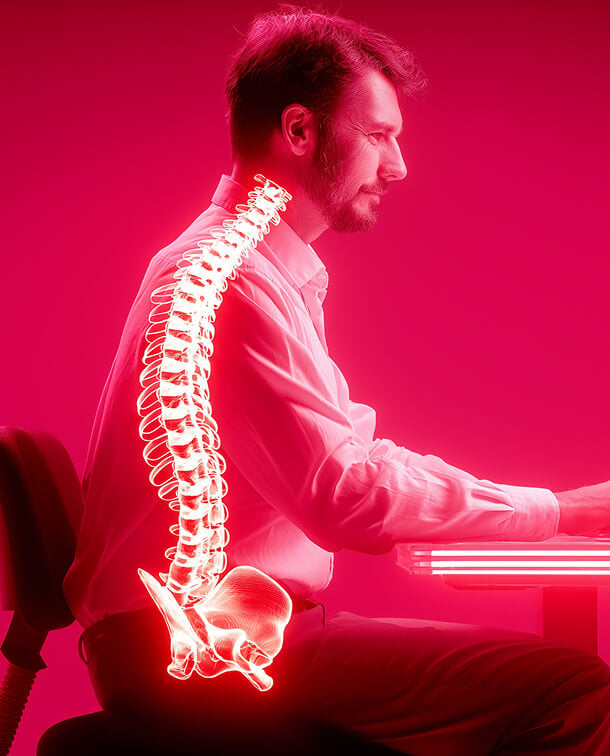Adding a cushion to your office or gaming chair might cause more problems than it solves. As a therapist and posture specialist, I understand the appeal of adding a cushion to your office or gaming chair. After all, who doesn’t want a little extra comfort when they’re spending hours sitting at a desk or gaming? But while it may feel good in the short term, adding a cushion can often do more harm than good.
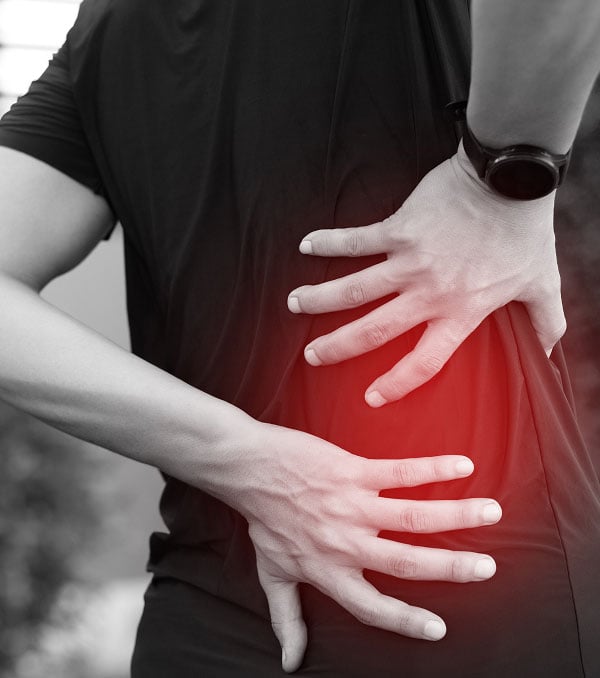
ANTHROS BLOG
June 6th, 2025
Pelvic Floor Dysfunction & Constipation Relief:
How Poor Sitting Could Be Making It Worse
If you struggle with constipation, your sitting posture might be a missing piece of the puzzle. While most people focus on fiber, hydration, and diet, they often overlook how posture and pelvic floor muscle coordination influence bowel movements.
Pelvic floor dysfunction (PFD) is a common cause of constipation—and how you sit throughout the day, especially on the toilet, could be making things worse.
Learn more about pelvic floor dysfunction and its ICD-10 classification by visiting our Pelvic Floor Dysfunction Resource Page.

What is Pelvic Floor Dysfunction (PFD)?
PFD occurs when the muscles in your pelvic region become too tight, too weak, or poorly coordinated. These muscles support bowel function, and if they can't relax during a bowel movement, it can lead to:
Chronic constipation
Incomplete emptying
Painful defecation
Straining and pelvic pain
Common contributors include poor posture, prolonged sitting, and chronic straining—all of which make it harder for your body to relax and eliminate waste naturally.


How Poor Sitting Contributes to PFD & Constipation
1.
Slouched Posture Increases Abdominal Pressure
Sitting hunched compresses the abdomen and intestines, slowing digestion. It also causes the pelvic floor muscles to tighten rather than relax, increasing constipation.
2.
Anterior Pelvic Tilt and Weak Core Muscles
Chairs without proper support allow your pelvis to tilt forward and your lower back to overarch. This weakens core muscles and creates tension in the pelvic floor.
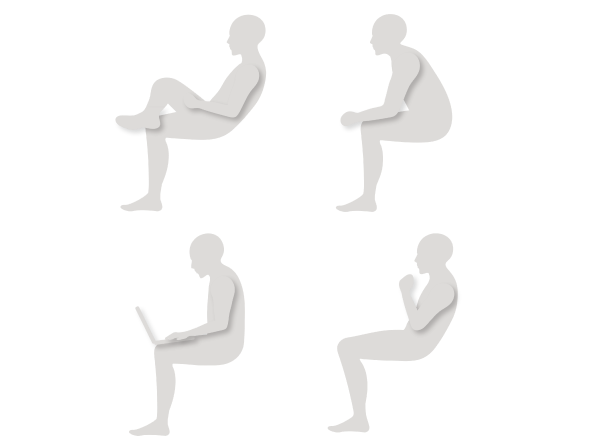
3. Perching on the Edge of Your Seat
When you sit without full support—on stools, exercise balls, or the edge of a chair—your pelvic floor must work overtime to stabilize the body, contributing to dysfunction.
4. The Wrong Sitting Angle on the Toilet
Yes, even the way you sit on the toilet can impact your ability to go. Sitting at a standard 90-degree angle (as most toilets encourage) creates a kink in the rectum, making elimination more difficult. Squatting or elevating the feet with a stool helps straighten this pathway for smoother bowel movements.


Solutions: How to Sit for Pelvic Floor & Digestive Health
1.
Use a Chair That Supports Healthy Posture
Choose a chair that promotes a neutral pelvis and upright posture. The Anthros chair is designed to reduce pressure on your pelvic floor and encourage spinal alignment, helping prevent chronic tension.
2. Maintain Proper Sitting Posture
-
Keep feet flat on the floor
-
Knees at or slightly below hip level
-
Avoid slouching; gently engage your core
-
Sit back fully so your pelvis is supported
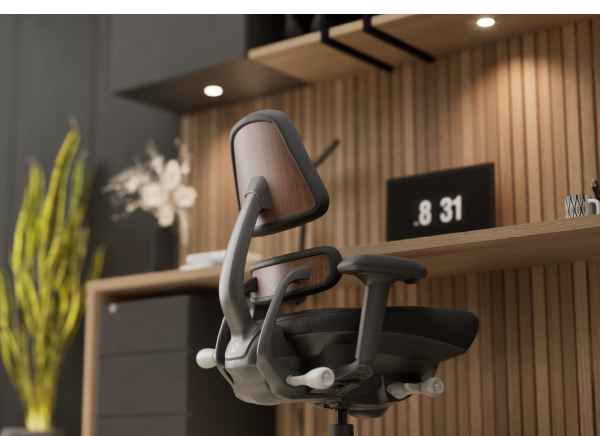
3.
Use a Squatty Potty or Footstool When on the Toilet
Raising your feet slightly while on the toilet helps mimic a more natural squatting position, reducing strain and allowing the pelvic floor muscles to relax.
4. Take regular Movement Breaks
If you sit for long periods, make it a habit to stand up and stretch every 30-60 minutes. Hip openers, gentle squats, and pelvic tilts can help keep these muscles relaxed and improve gut motility.
5. Consult a Pelvic Floor Therapist
If symptoms persist, a specialist can help you retrain muscle coordination and reduce constipation through biofeedback and targeted exercises.
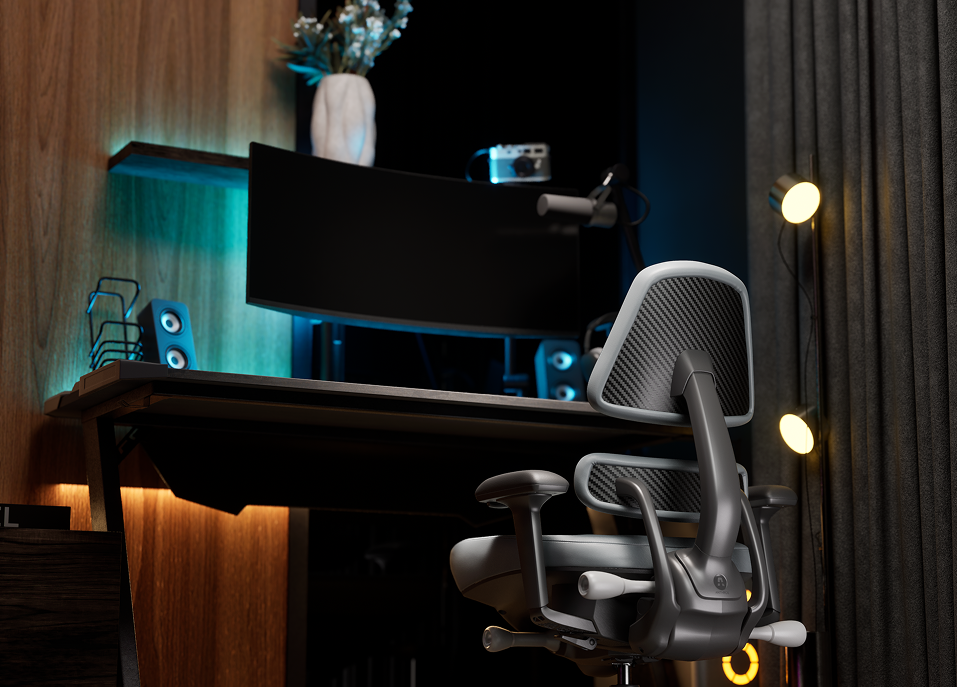
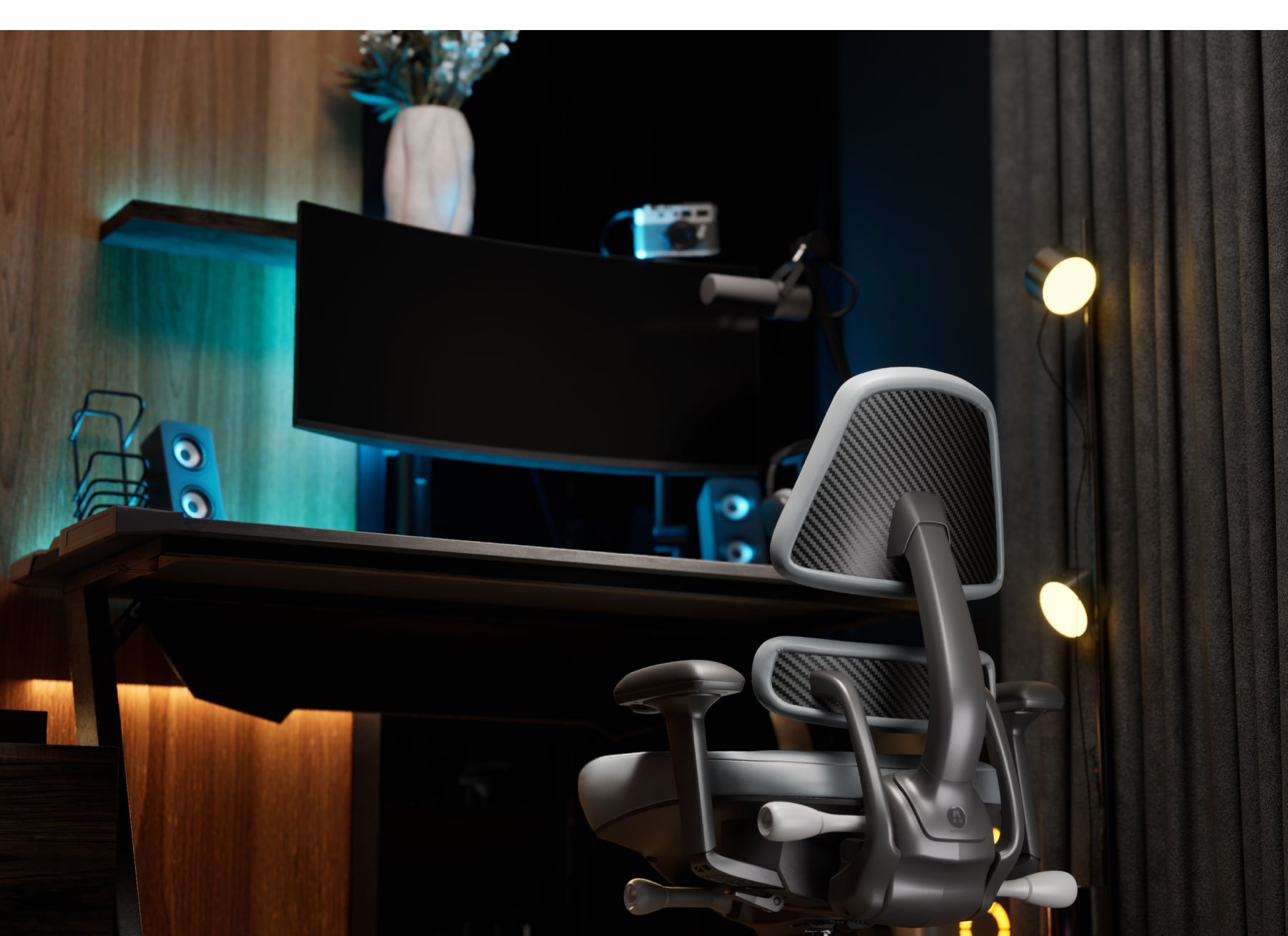
Final Thoughts
Your digestion is influenced by more than just diet—it’s also about how you sit. Whether you’re at work, in the car, or in the bathroom, improving your posture and pelvic alignment can be a key step in relieving constipation caused by pelvic floor dysfunction.
For more resources, visit our Pelvic Floor Dysfunction Hub or explore how the Anthros chair can support your pelvic health and comfort.
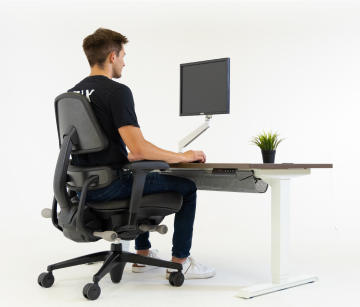
Recent Post
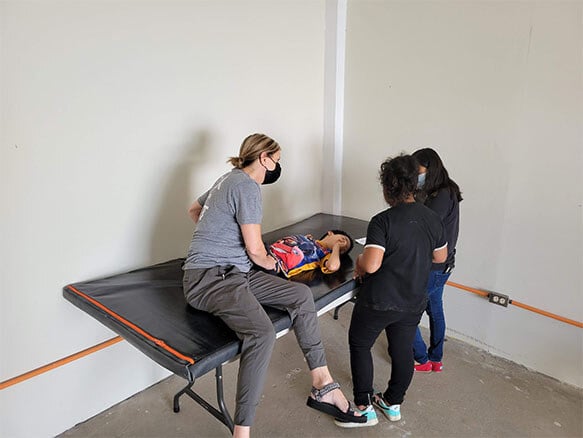
Four Lessons About Seating Everyone Can Learn from Wheelchair Users
September 18, 2025Working with wheelchair users has been an...

People Over Profits: Why Anthros Puts Comfort and Care First
September 17, 2025At Anthros, our mission is simple: to put people...




